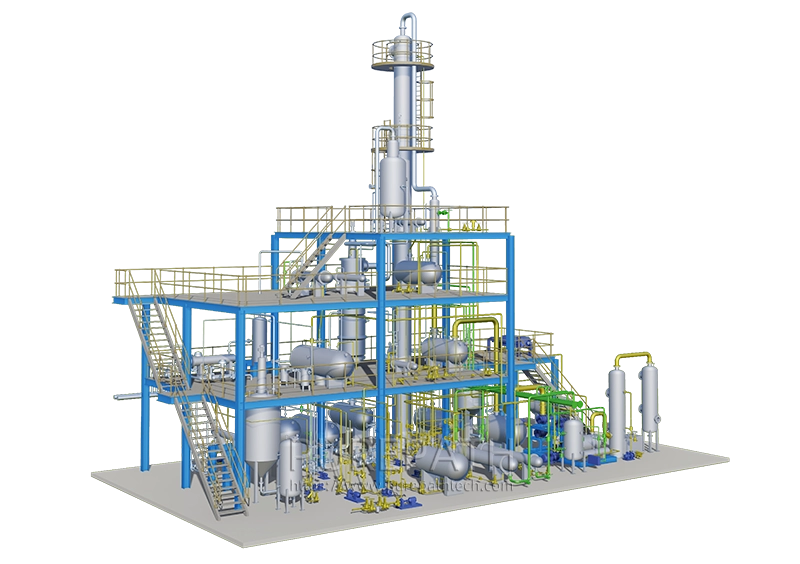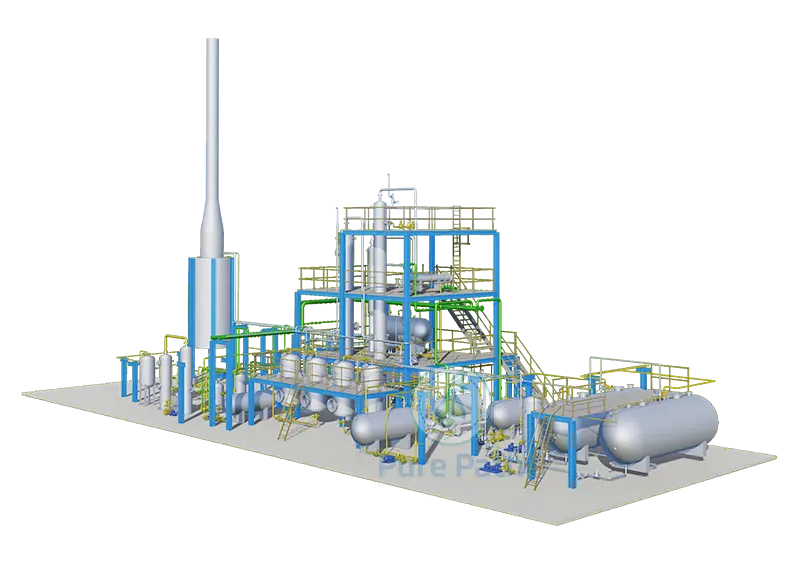Converting Used Motor Oil to Diesel: A Sustainable Solution for Waste Oil Disposal
In a world where sustainability and environmental consciousness are paramount, finding innovative solutions to address environmental issues has become more critical than ever. One of the significant challenges we face is the proper disposal of used motor oil, which, if not handled responsibly, can have devastating effects on our environment. Fortunately, a groundbreaking technology has emerged – the conversion of used motor oil into diesel fuel. This article explores the process of converting waste engine oil to diesel, highlighting the benefits, challenges, and economic viability of this eco-friendly approach.
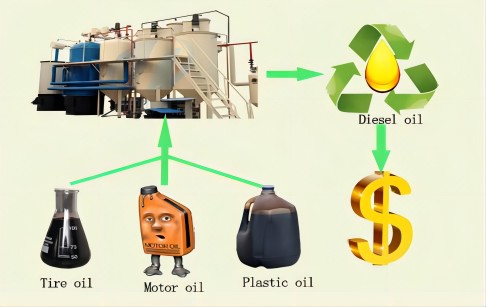
The Process of Converting Used Motor Oil to Diesel
The process of converting waste engine oil into diesel fuel is a multifaceted one that involves several crucial steps. This process can be simplified into three main phases: hydrocracking, distillation, and catalytic cracking.
1. Hydrocracking
Hydrocracking is the initial step in converting used motor oil to diesel. It’s a chemical process that involves breaking down the hydrocarbons in the waste oil under high temperatures and pressures. This process transforms the long-chain hydrocarbons in used motor oil into shorter, more valuable hydrocarbons that are suitable for diesel production.
2. Distillation
After hydrocracking, the cracked product undergoes distillation. In this step, the various components produced from the hydrocracking process are separated based on their boiling points. Diesel fuel is one of the valuable products extracted from this distillation process.
3. Catalytic Cracking
To ensure the quality of the diesel fuel, it may go through a catalytic cracking process. This step involves the use of catalysts to refine the diesel, improving its properties and making it suitable for use in engines. Selective catalytic reduction may also be employed to further enhance the fuel’s quality.
Collection and Pre-treatment of Used Motor Oil
Before used motor oil can be converted into diesel, it must be collected and pre-treated to remove impurities that could interfere with the conversion process.
1. Collection Methods
There are several collection methods for used motor oil, with collection centers and automotive service stations being the primary sources. Used motor oil is gathered from these sources and transported to conversion facilities.
2. Pre-treatment to Remove Impurities
Once collected, the used motor oil undergoes pre-treatment to remove impurities. This may involve filtration to remove particles and contaminants. Additionally, water and solid materials are removed to ensure that the oil is clean and ready for the conversion process.
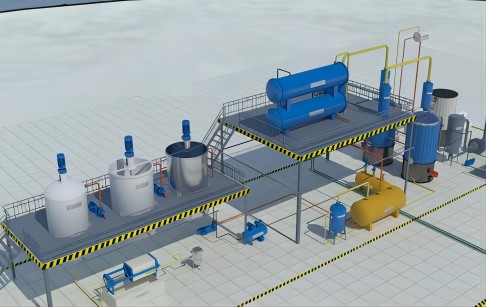
The Conversion Process
The heart of the process lies in the conversion of waste motor oil into diesel fuel. This is where the magic happens and waste turns into a valuable resource.
1. Hydrocracking of Used Motor Oil
The hydrocracking process involves subjecting the used motor oil to high temperatures and pressures. The heat and pressure break down the long hydrocarbon chains in the oil into shorter, more valuable hydrocarbons that are suitable for diesel production. Careful control of temperature and pressure is essential to optimize the process.
2. Distillation of the Cracked Product
After hydrocracking, the resulting product is subjected to distillation. This process separates the different components produced during hydrocracking based on their boiling points. Diesel fuel is one of the valuable fractions obtained during this distillation step.
3. Catalytic Cracking
To ensure that the diesel fuel meets quality standards, it may undergo catalytic cracking. This step employs catalysts to further refine the diesel, enhancing its properties and making it suitable for use in engines. Selective catalytic reduction can also be employed to reduce harmful emissions.
Quality Control and Testing
Ensuring the quality of the resulting diesel fuel is paramount to its usability and acceptance in the market.
1. Testing the Resulting Diesel for Quality
Rigorous testing is performed to assess the quality of the converted diesel. Factors such as sulfur content, cetane number, and other properties are analyzed to ensure that the fuel meets industry standards and environmental regulations.
2. Regulatory Compliance
Meeting regulatory standards is a fundamental aspect of the conversion process. Adherence to environmental and safety regulations is essential to guarantee that the diesel produced is eco-friendly and safe for use.
Economic Viability
The economic viability of converting used motor oil to diesel is a crucial factor that influences the adoption of this sustainable practice.
1. Cost Analysis
A comprehensive cost analysis is conducted to evaluate the economic feasibility of this process. This analysis includes the initial setup costs, including the required equipment, as well as ongoing operating expenses.
2. Potential Revenue Sources
Revenue can be generated through various channels, including the sale of the converted diesel fuel. Additionally, government incentives, grants, or subsidies can further support the economic viability of this endeavor.
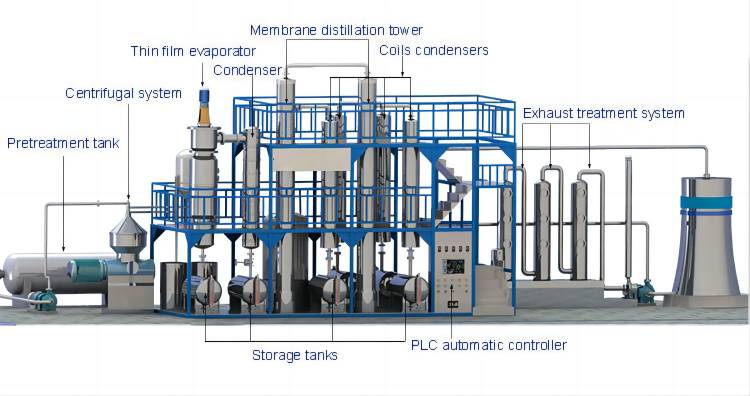
Challenges and Limitations
While the conversion of used motor oil into diesel presents numerous advantages, it is not without its challenges and limitations.
1. Technical Challenges
Maintaining the quality of the diesel fuel can be challenging, and the process must be carefully controlled to avoid impurities and substandard products. Additionally, the disposal of by-products from the conversion process can pose challenges.
2. Environmental Concerns
Although this process is more environmentally friendly than traditional methods of diesel production, emissions from the conversion process and the energy consumption associated with it are still areas of concern. Reducing these environmental impacts remains a priority.
3. Economic Challenges
The economic viability of the process is heavily influenced by market competition and fluctuations in oil prices. The sustainability of this practice may be threatened if these factors are not carefully managed.
Conclusion
The conversion of used motor oil into diesel fuel is a remarkable innovation that addresses the critical issue of waste motor oil disposal while simultaneously contributing to sustainable energy production. While there are challenges to overcome, the benefits are substantial. This process reduces the environmental impact of used motor oil disposal, creates a valuable resource from waste, and offers economic advantages. As the world continues to seek greener alternatives, this technology represents a significant step forward in the journey toward a more sustainable and eco-friendly future. By addressing the challenges and maximizing the benefits, we can embrace this technology as an essential part of the solution to our environmental challenges.


